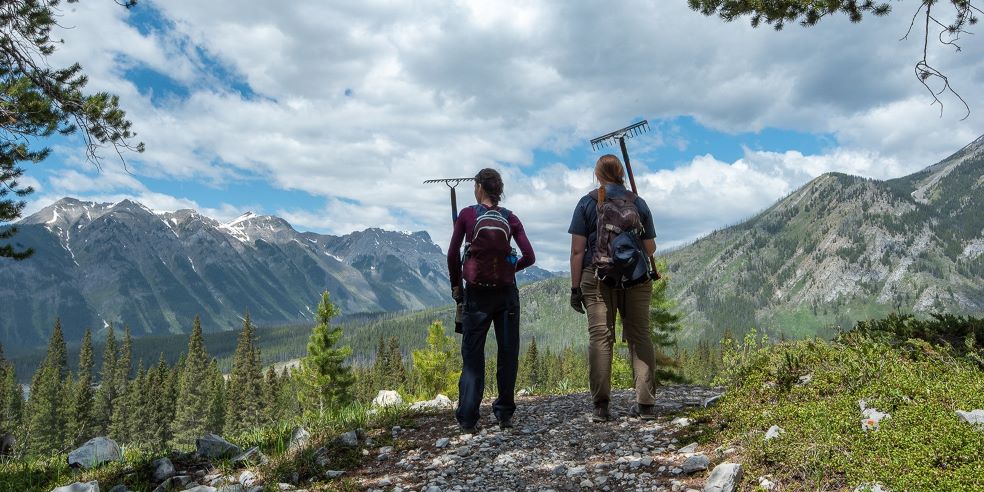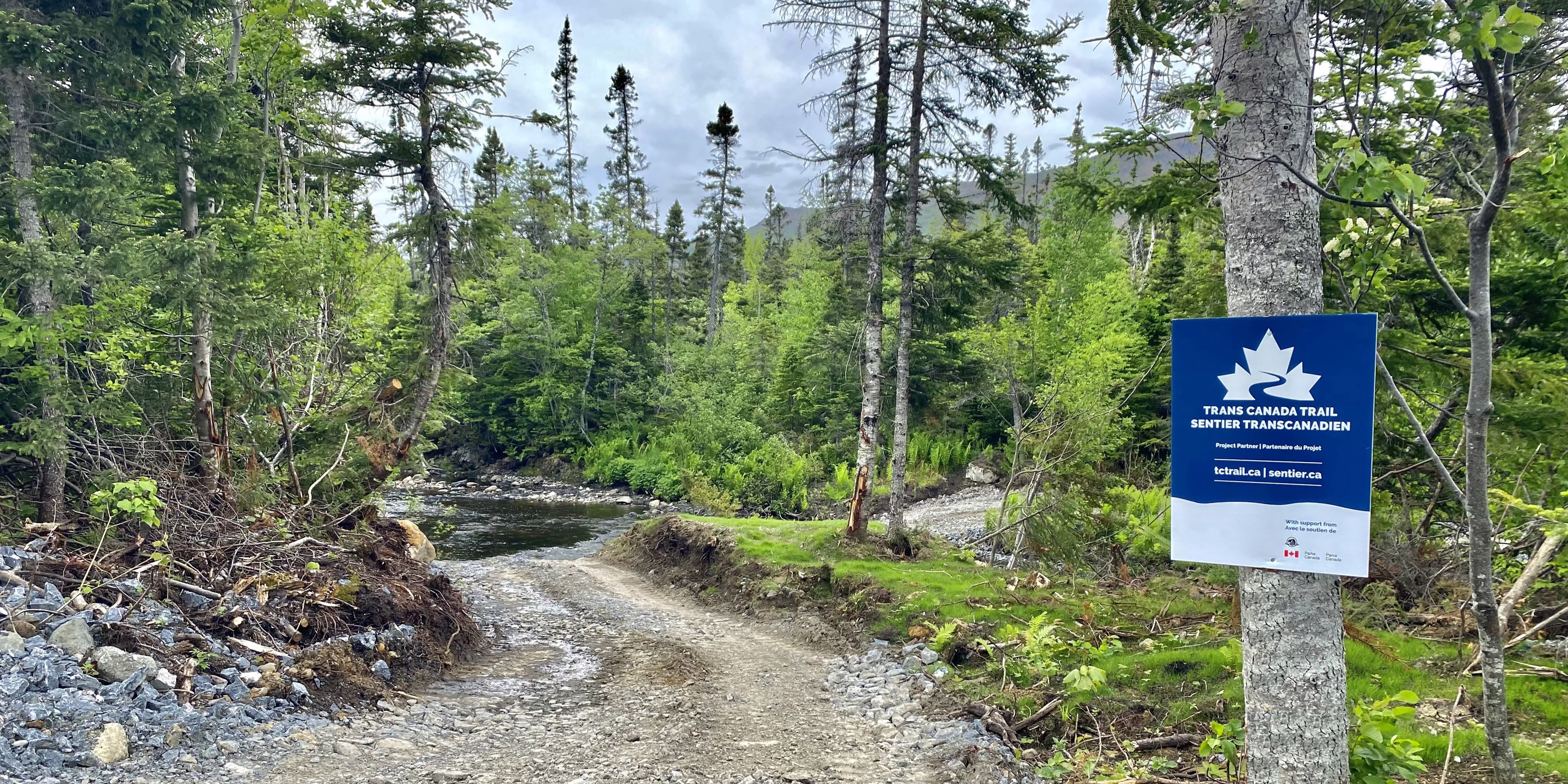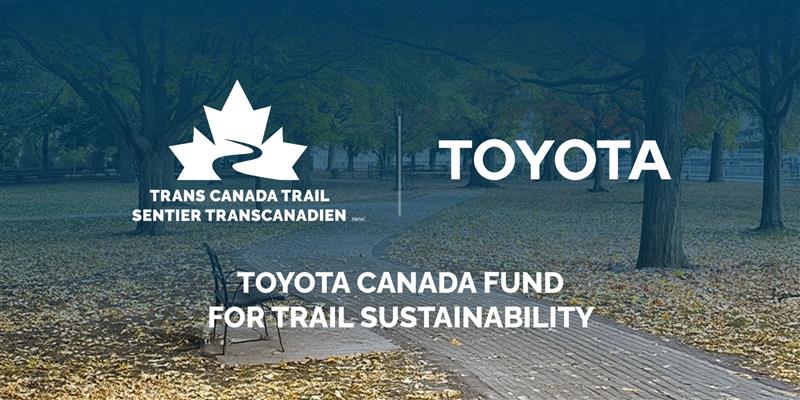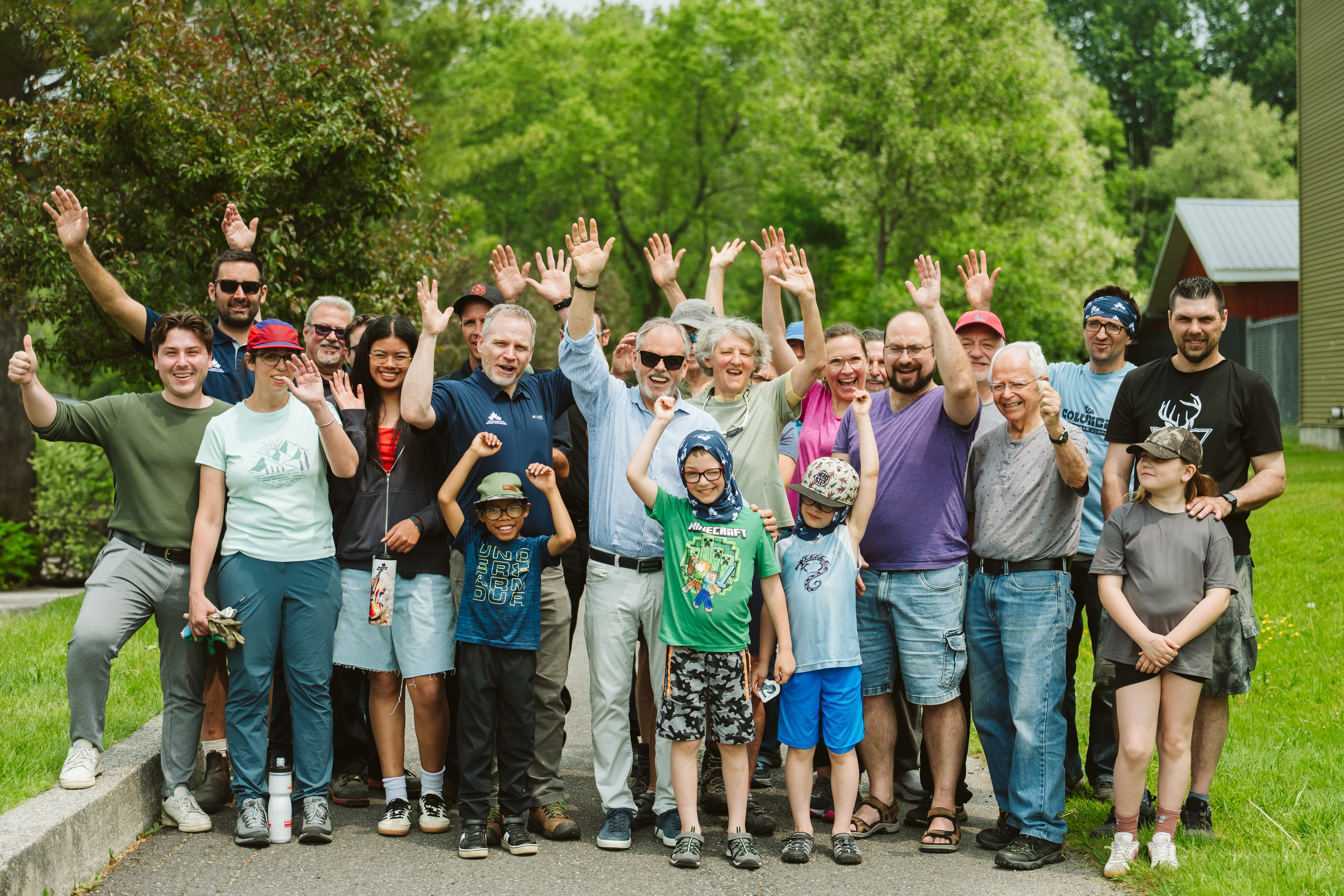National Léger Survey Confirms Canadians’ Increased Trail Use During COVID-19

Majority of Canadians (76%) Support Ongoing Federal Investment in Trails and Trans Canada Trail (84%) Specifically
Montreal, February 23, 2022 – On the eve of a federal budget, news from a new national Léger survey commissioned by Trans Canada Trail confirm that Canadians have used trails in increasing numbers since the onset of COVID-19 and that this trend is poised to continue. The wide-ranging survey also polled Canadians on their views on the economic and tourism impact of trails, as well as on the role the federal government should play in terms of ongoing investments in trails – and more specifically in the Trans Canada Trail.
More than half (53%) of respondents said the COVID-19 pandemic has impacted their trail use, up slightly since the same survey in 2020. Almost unanimously, 99% of trail users intend to keep using trails post-pandemic. 57% of Canadians are using trails to reduce social isolation, and to see family and neighbours.
Seven out of ten Canadians have used trails in the past twelve months. There is a higher proportion of trail users among 18-to-34-year-olds (83%), 35-to-54-year-olds (74%), and those who live in urban areas (72%).
When asked what inspires their trail use, more than nine out of ten respondents agree with the fact that they use trails to access and enjoy nature (98%). Enhancing their mental health (96%) and exercise/fitness (95%) are key drivers, as is affordability – because trails are easy to access and low cost (95%).
“Since the onset of the pandemic, our national polling research has shown us how vital trails have become for the people of Canada as an important way for them to enhance their physical and mental well-being, and as a way to connect them to nature and to one another,” says Eleanor McMahon, President & CEO, Trans Canada Trail. “The results of this latest poll also confirm that while the pandemic has increased Canadians’ use of trail, this trend is poised to continue,” she noted.
Most Canadians have a positive attitude towards trails and believe they have a beneficial impact on their community. The majority of Canadians (67%) believe that trails will play an important role in the post-pandemic economic recovery with an equal number of Canadians living in urban (66%) and rural (67%) areas saying this is the case.
76% of Canadians agree that trails are an important part of economic development for communities and 78% that trails are an important component of the tourism economy. In the past twelve months, 85% of Canadians said they support local businesses when they spend money while using trails and 55% plan to include trails in their next vacation.
Quality of life and livability indices rank highly in terms of respondents’ views of the contributions trails make, with 91% stating that trails are an important source of community recreation and 91% as a mechanism to help preserve green spaces.
In line with their positive attitude towards trails, most Canadians (76%) think it is important for the federal government to invest in the development and maintenance of trails more broadly. When asked specifically about ongoing support by the federal government in the Trans Canada Trail, 84% said they are in favour of continued federal investment in the Trail.
“These powerful results come on the eve of a federal budget and as Trans Canada Trail is advocating for the renewal of our federal funding. Since 1992, Trans Canada Trail has enjoyed over $100M in federal support. This annual funding has contributed significantly to Canadians’ quality of life, to local economies through infrastructure investments, as well as tourism, and to the sustainability of the 500 local trail groups who help us manage the Trail in communities across Canada,” McMahon noted.
“As the stewards of the longest trail system in the world, Trans Canada Trail has a leading role to play in supporting the resiliency of Canadians on many fronts – mentally, physically, socially – and economically. Now, and in the post-pandemic economy, it is our hope that the Trans Canada Trail will continue to play an important role in Canadians’ daily lives,” McMahon added.
Survey methodology:
A web survey was conducted with a representative sample of 2,545 Canadians. Respondents were randomly selected from Léger’s web panel. Data collection for this study took place from February 1 to 6, 2022. For comparative purposes, a probabilistic sample of 2,545 respondents would have a maximum margin of error of 1.9%, 19 times out of 20.
Resources:
- Download images of the Trans Canada Trail (Password: TCTmedia).
- Download a graphic map of the Trans Canada Trail.
- Find your local section of the Trail here.
- Read Trans Canada Trail’s previous Léger survey research on trail use in Canada: June 2020; November 2020; August 2021.
- Read our Conference Board of Canada report on the health, environmental and economic benefits of Canada’s trail system.
About Trans Canada Trail
The Trans Canada Trail is the world’s longest network of multi-use recreational trails. The Trail stretches more than 28,000 km – and continues to grow – across every province and territory. It’s a showcase of Canada’s diverse landscapes and cultures, and a sustainable national asset that fosters unity, collaboration and connectedness. Our national trail is managed by local trail groups and partners who work in conjunction with Trans Canada Trail, a registered charity. tctrail.ca

















